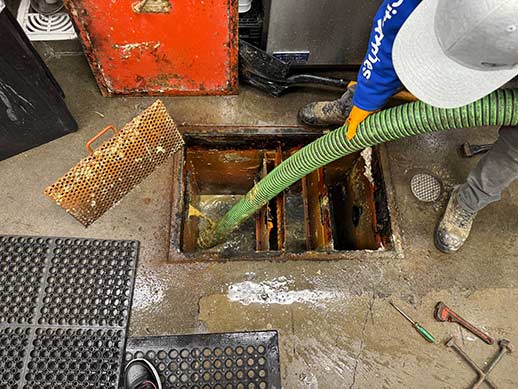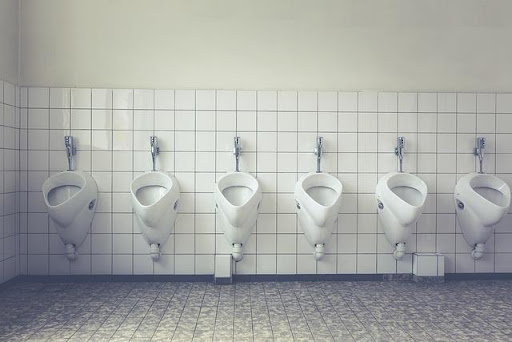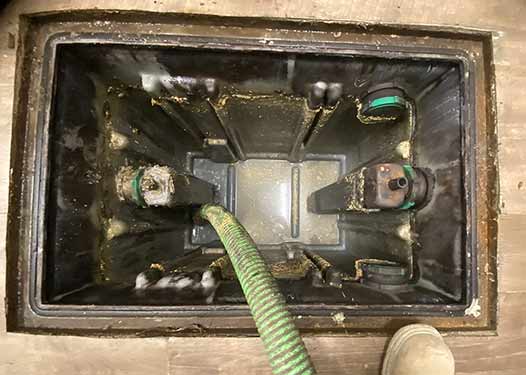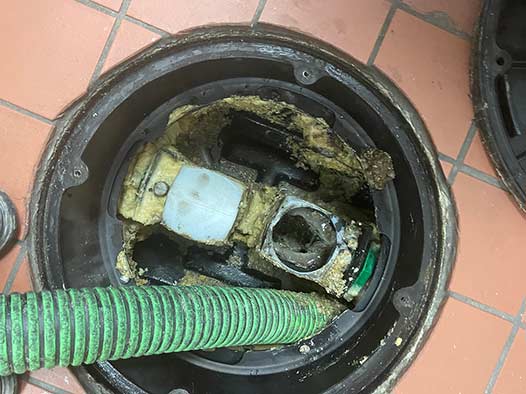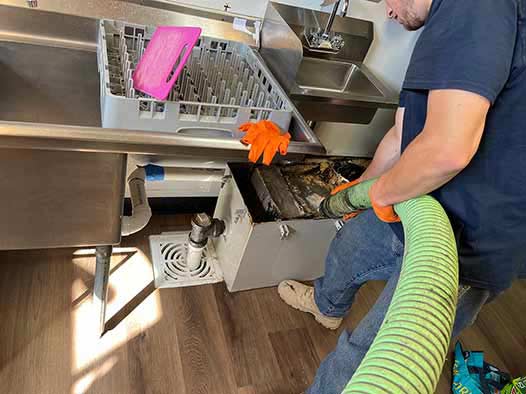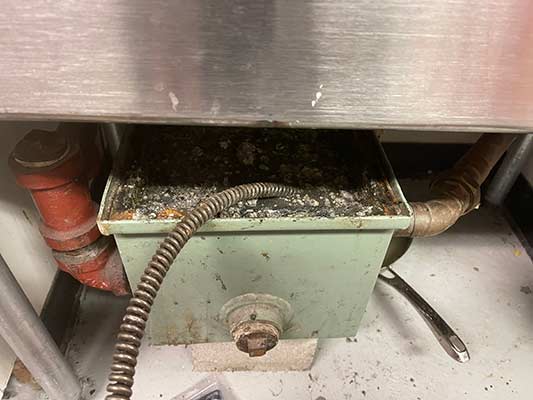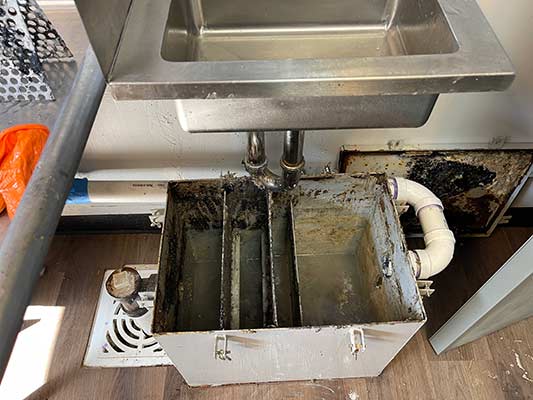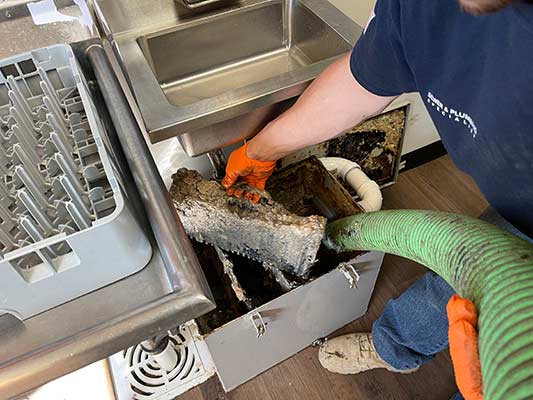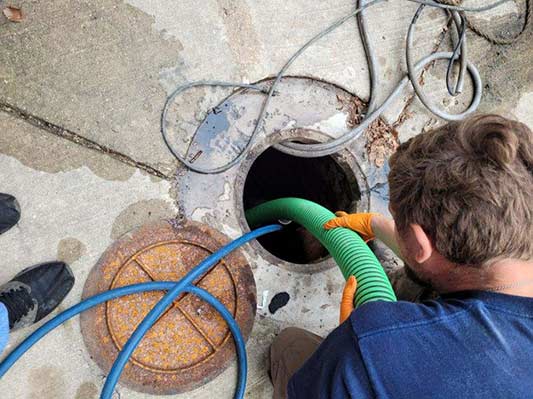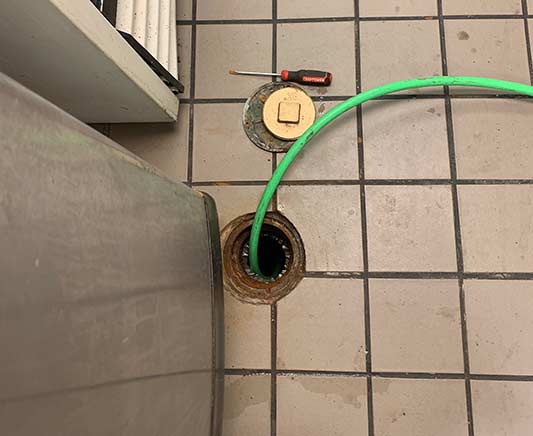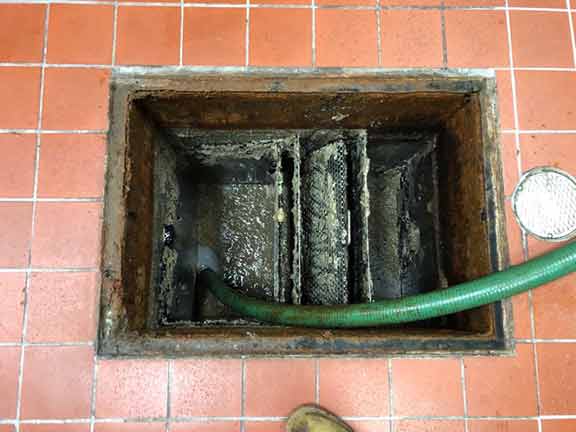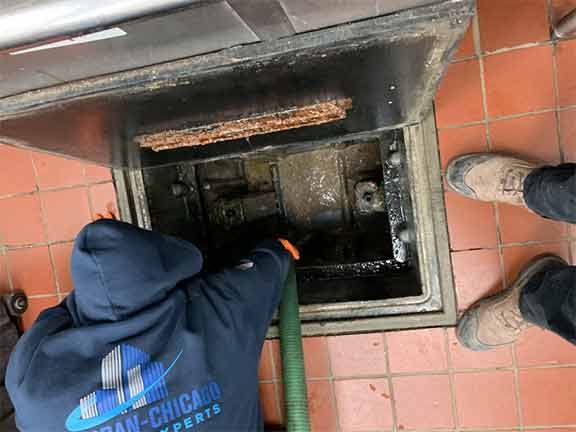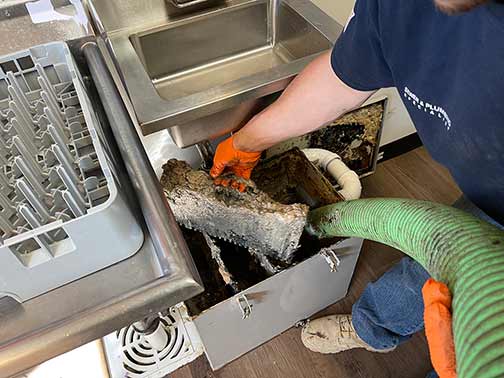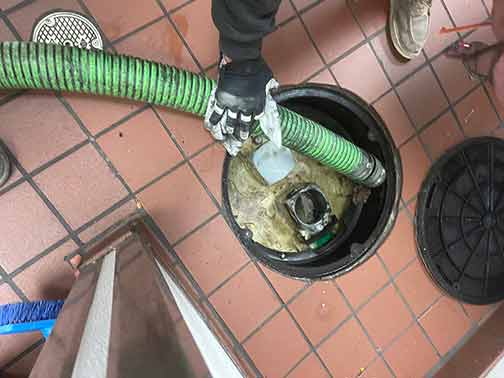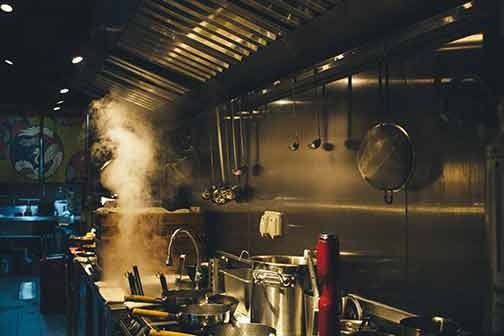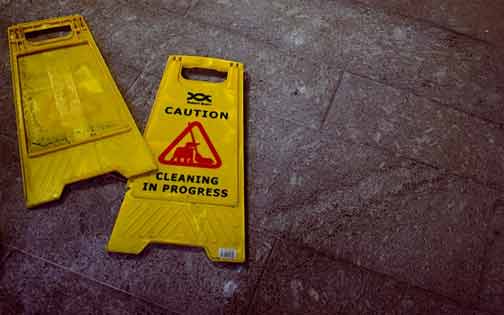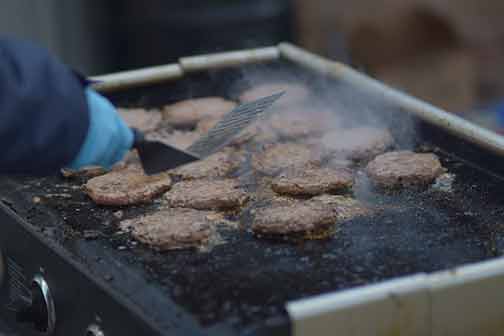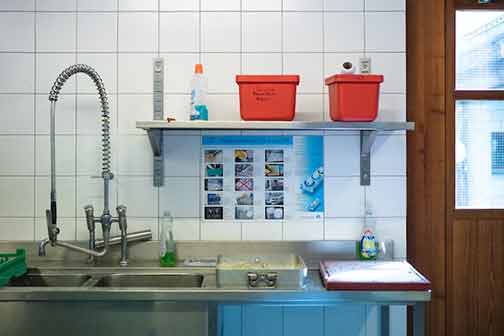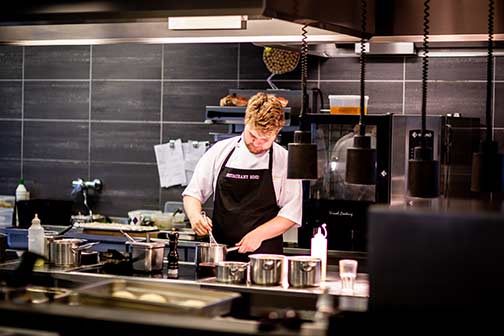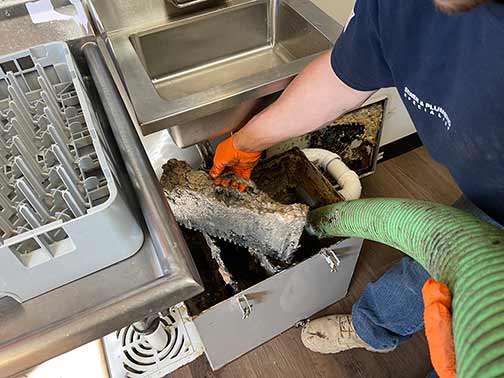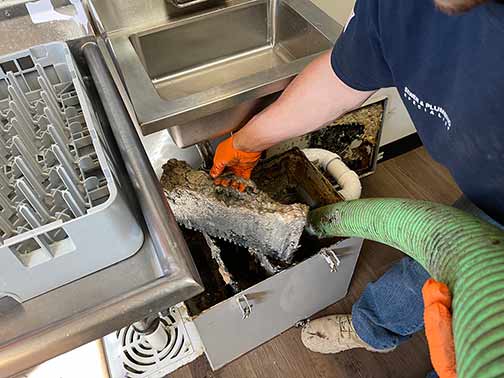Grease traps are an essential component of any commercial kitchen. They help prevent grease, oil, and fats from entering the municipal sewer system and causing blockages. Regular cleaning and maintenance of grease traps are crucial to ensure their proper functioning and compliance with local regulations. However, not all grease trap cleaning companies in Chicago are created equal. Choosing the right company can save you time, money, and headaches in the long run. In this article, we will discuss the factors to consider when selecting a grease trap cleaning company in Chicago.
Experience and Reputation
When it comes to choosing a grease trap cleaning company, experience and reputation are two key factors to consider. A company with years of experience in the industry is more likely to have the knowledge and expertise to handle different types of grease traps effectively. Additionally, a company with a good reputation is a sign of their commitment to providing quality service.
One way to gauge a company’s reputation is by reading online reviews and testimonials from past customers. You can also ask for recommendations from other business owners in the Chicago area who have used grease trap cleaning services. A company with positive feedback and satisfied customers is a good indication that they can be trusted to do the job right.
Licenses and Certifications
Before hiring a grease trap cleaning company, it is important to ensure that they have the necessary licenses and certifications to operate legally in Chicago. Grease trap cleaning is a specialized field, and there are regulations in place to ensure the proper disposal of waste materials.
Ask the company for proof of their licenses and certifications. They should be able to provide you with documentation that shows they are compliant with local regulations. Hiring a licensed company not only ensures that the job will be done correctly but also gives you peace of mind knowing that you are working with a reputable and trustworthy company.
Insurance Coverage
Accidents can happen during the grease trap cleaning process. It is important to make sure that the company you choose has appropriate insurance coverage to protect both their workers and your property in the event of any mishaps.
Ask the company about their insurance coverage and what it includes. They should have general liability insurance and workers’ compensation insurance. General liability insurance protects against any damage to your property that may occur during the cleaning process, while workers’ compensation insurance covers any injuries that the company’s employees may sustain while on your premises.
Methods and Equipment
Grease traps can be cleaned using various methods and equipment. It is important to choose a company that uses effective and environmentally friendly cleaning methods.
Ask the company about the techniques and equipment they use for grease trap cleaning. They should be able to explain their process and provide details on how they dispose of the waste materials in compliance with local regulations. Avoid companies that use harmful chemicals or outdated equipment that may be less effective in cleaning your grease trap.
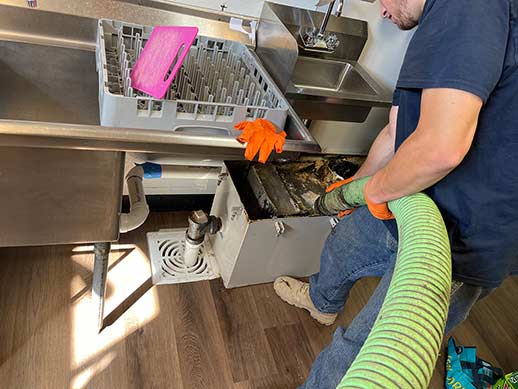
A company that can respond quickly to your grease trap cleaning needs is invaluable in ensuring the smooth operation of your commercial kitchen.
Availability and Response Time
Grease trap issues can arise at any time, and it is crucial to choose a company that offers prompt and reliable service. A clogged or overflowing grease trap can disrupt your business operations and even lead to fines or penalties from local authorities.
Inquire about the company’s availability and response time. Do they offer emergency services? Can they provide regular maintenance on a schedule that suits your business needs? A company that can respond quickly to your grease trap cleaning needs is invaluable in ensuring the smooth operation of your commercial kitchen.
Cost and Contracts
While cost should not be the sole determining factor in choosing a grease trap cleaning company, it is important to consider your budget and compare prices among different companies.
Ask for a detailed quote from each company you are considering. The quote should include all the services they will provide, any additional fees or charges, and the frequency of cleaning. Some companies may offer long-term contracts with discounted rates, which can be beneficial if you require regular maintenance.
However, be cautious of signing lengthy contracts without understanding the terms and conditions. It is important to have flexibility in case you are not satisfied with the company’s services or need to change providers in the future.
To Sum it Up
Choosing the right grease trap cleaning company in Chicago is essential for the proper maintenance of your commercial kitchen. Consider factors such as experience, reputation, licenses and certifications, insurance coverage, cleaning methods and equipment, availability and response time, as well as cost and contracts. By thoroughly evaluating these factors, you can select a company that not only meets your grease trap cleaning needs but also provides reliable and efficient service.
Remember, regular maintenance of your grease trap is crucial to prevent blockages and keep your kitchen running smoothly. Therefore, investing time and effort in choosing the right grease trap cleaning company is well worth it in the long run.
Interested in grease trap cleaning or pumping services in Chicago or want to learn more about our grease trap cleaning maintenance program? Fill out the form below!
